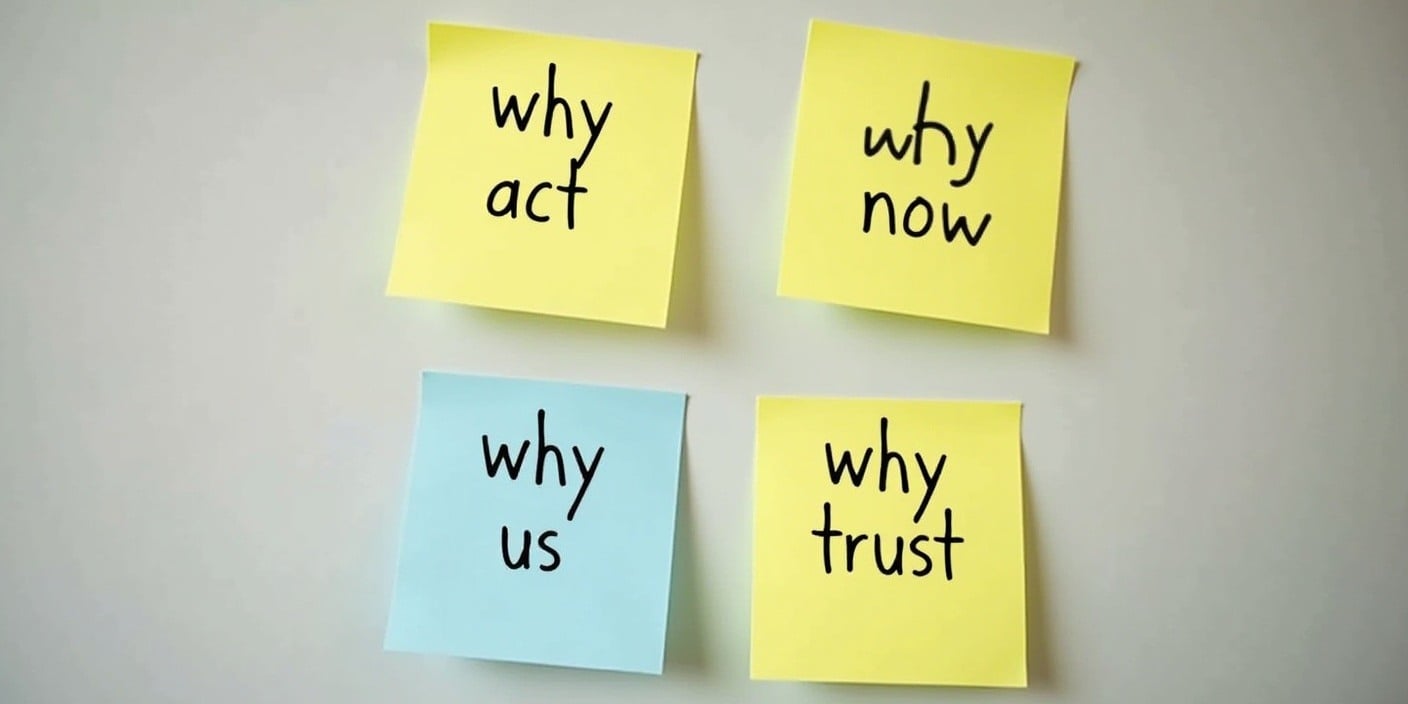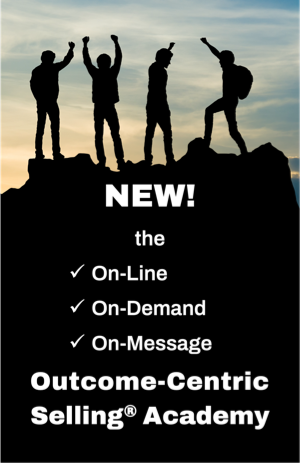Crafting Compelling, Customer-Specific, Value Propositions
May 8, 2025

I imagine most of us have probably heard the term “value proposition”. It’s widely used in B2C marketing. But how does the term relate to complex B2B buying environments? It might help if we start with a couple of definitions.
First, what do we mean by value? I like to think of value as an organisational and/or personal benefit that can be measured or expressed in financial, operational or emotional terms. So, what do people typically mean by the term “value proposition”?
McKinsey, who appear to have invented the term, defined it as “a clear, simple statement of the benefits, both tangible and intangible, that the company will provide, along with the approximate price it will charge each customer segment for those benefits”.
But are such inevitably generic, standardised value propositions really enough to convince prospective customers in complex B2B buying environments? I don’t think so. A well-crafted generic value proposition might open the door to dialogue – but won’t be enough to close the sale.
4 key questions
That’s why our ability to craft compelling, customer-specific value propositions is so important to our success as B2B sales professionals. And that requires that we help our customer to get convincing answers to to each of their 4 key questions:
- Why do they need to act (rather than continuing on their current path)?
- Why do they need to act now (rather than later)?
- Why should they choose us (rather than any other option)?
- Why should they trust us (to ensure they achieve their intended outcomes)?
This sequence is rarely perfectly linear: many prospects will find themselves revisiting the answers to the earlier questions as their buying decision journey evolves. Let’s break each of these questions down.
Why act (rather than continuing on their current path)?
Our discovery process must start by exploring our prospective customer’s current or anticipated circumstances, and the business issues associated with them – and we then we then need to help them to recognise (and wherever we can amplify) the most significant painful consequences and implications of those issues.
We then need to turn their attention towards the better future outcomes that they can and should aspire to achieve and then focus on the tangible positive benefits that will come from achieving their intended business outcomes.
When considering whether they need to act, prospective customers will compare the painful consequences of their current issues with the positive benefits of their intended outcomes. The greater the contrast, the more likely they are to act, and we have a key role to play in amplifying the difference.
Why now (rather than later)?
Most organizations now require any significant buying decision to be supported by a strong internal business case that justifies the level and timing of expenditure. Projects that are clearly seen to support the organization’s current corporate priorities and initiatives are far more likely to be supported and prioritized – and even if they are convinced of the need for change, they may still be inclined to wait unless they see the potential costs of delay as being painful and significant. If we are to persuade them of the need for urgent action, we need to convince them otherwise.
Why us (rather than any other option)?
If we’re going to differentiate our offering, we need to understand what our customer regards as their other credible solution options - which may not be restricted to our obvious competitors – and we’ll stand a much better chance of winning if we engage early and influence their needs and required capabilities rather than wait to respond to a formal RFP.
Every salesperson tends to claim that their solution is “better” - but it is much more persuasive to first explain how and why our approach is different, and having established what sets our approach apart, we now need to show how this translates into better outcomes for the customer.
We have a key role to play in helping our prospective customer to recognise and appreciate our unique differentiation, and how this benefits them.
Why trust (that they will achieve their intended outcomes)?
In order to win their final approval, we need to prove they can trust us to ensure they will achieve their expected outcomes. We need to provide evidence that builds their confidence in the business outcomes they can expect to achieve.
We need to ensure that the primary sponsor and other key stakeholders believe that their reputation will be enhanced (rather than put at risk) through their association with the project, and we need to ensure that the key decision-makers and ultimate approver(s) believe that going ahead with the project is their lowest-risk option.
As the authors of The Jolt Effect point out, buyers often hold back from commitment because of their Fear of Messing Up [FOMU]. If this is the first time we have tried to do business with this particular organisation, this trust factor often proves to be a hugely important late-stage consideration.
The Executive Summary
The executive summary is the most critical element of every sales proposal. It is likely to be read by key decision-makers and final approvers who have not previously been involved and are unfamiliar with the details of the project, some of whom may be inclined to question whether the project needs to go ahead now rather than later, or at all
Unfortunately, the majority of sales proposals and their associated executive summaries focus largely or exclusively on the vendor offer and on the “why us” part of the story - and are far less persuasive as a consequence because they ignore or underplay the need to address their “why act?”, why now?” and “why trust?” questions.
When we are able to incorporate all 4 elements of the customer’s value story - why act, why now, why us and why trust - into our executive summaries, we dramatically improve our proposal’s chances of getting timely approval.
Learn More
This subject is just one of many addressed in our Outcome-Centric Selling® Academy, where we cover all the key building blocks of Outcome-Centric Selling® for Complex B2B Sales Environments. You can find out more here.
By the way, an earlier version of this article was originally published on the Institute of Sales Professionals website.


Comments